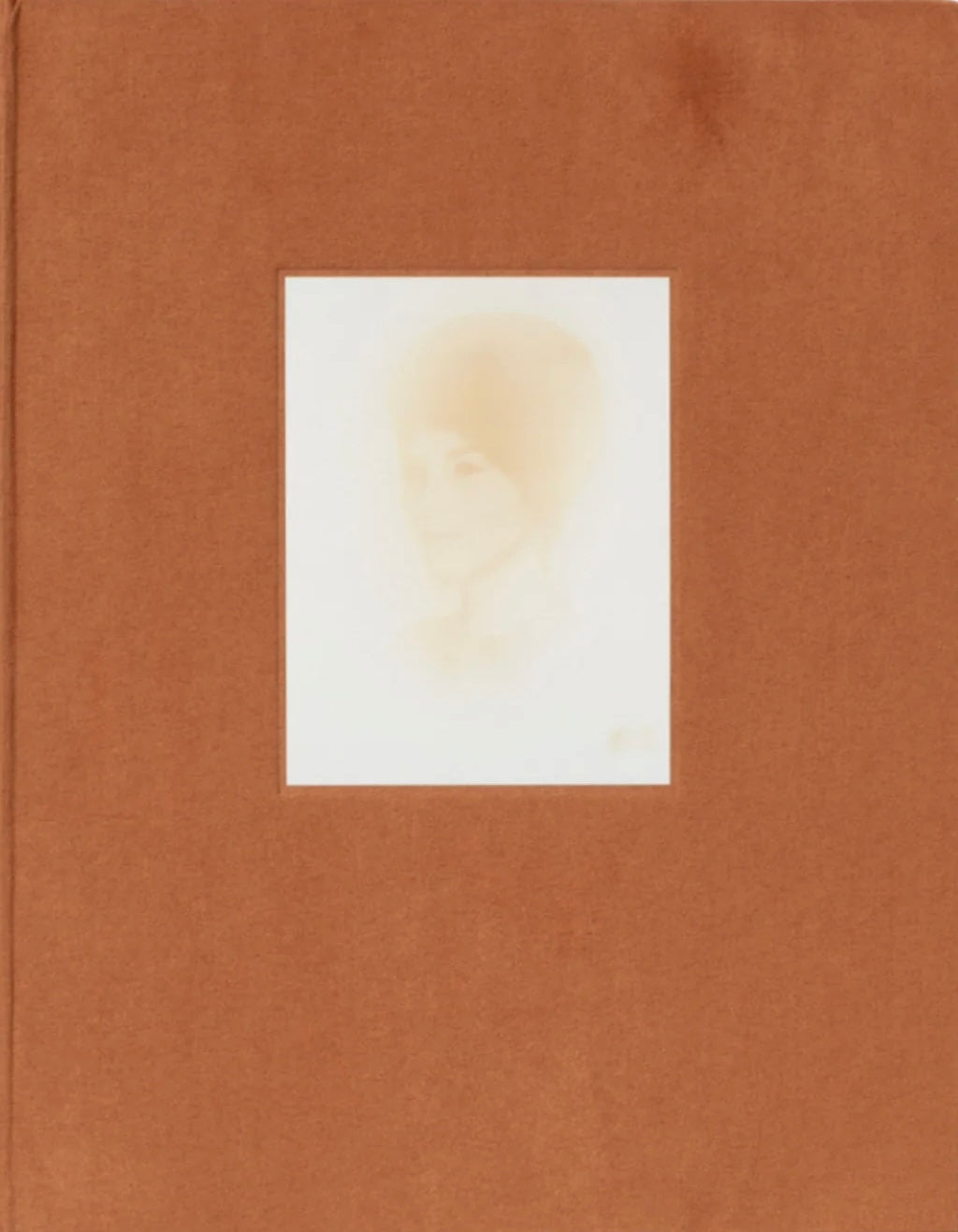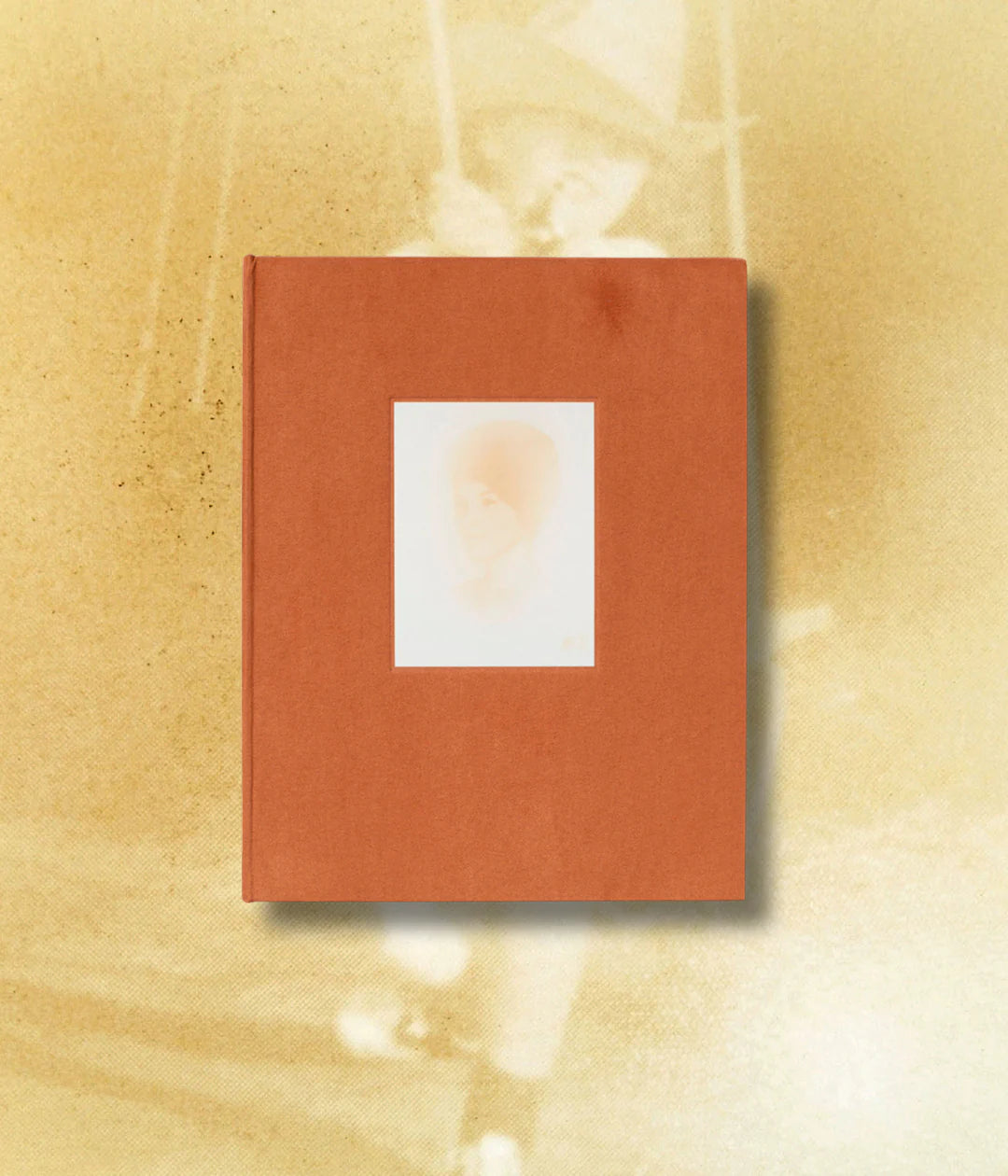Nicotine
Nicotine
TBW Books
無法載入取貨服務供應情況
50 pages, 26 color plates, hand-tipped
10 x 13 in / 254 x 330 mm
Signed, numbered and burned
ISBN 978-1-942953-71-5
多媒體藝術家 TR Ericsson 在其深具情感張力的作品《Nicotine》中,以嶄新方式重塑個人家庭照片。Ericsson 採用獨特技法,透過網版印刷將尼古丁滲透至圖像之中,最終呈現出如幽靈般的影像印記。這些作品既是對過去遺留痕跡的具象化表達,也反映了記憶稍縱即逝的本質。
Ericsson 的母親 Sue 是終生煙民,常在深夜獨坐餐桌,手持香煙,沉思過往。2003 年,她因自殺離世,留下滿是尼古丁煙漬的房屋,讓 Ericsson 承擔起清理家宅的任務。這段經歷成為「尼古丁影像」的創作契機。當他刮除牆上的壁紙時,所見的不僅是物理上的污漬,更是關於母親的回憶——她如何在夜裡獨自一人,沉浸於往昔的思緒中。
《Nicotine》是對母親生命的頌歌,也是對人去留痕的思索。透過將看似尋常的家庭快照轉化為全新的藝術形式,Ericsson 為這些影像賦予新的意義,使其超越原有的時空背景,承載起本應隨逝者一同埋葬的故事。
這本書形如一部詭譎且獨特的家族相冊,其封面採用奢華的煙草色仿麂皮布料,喚起舊時室內陳設的氛圍。作為一種物理紀念物,它試圖捕捉一個生命曾經存在的微弱印記。全書帶有 19 世紀科學圖錄的影子,每一幅圖像皆獨立貼附於書頁上,呼應家族剪貼簿的精細工藝與情感投入。
以母親健康惡化的元凶——尼古丁——來「燃燒」這些圖像,使這本書成為一種神聖的載體,宛如降靈儀式的道具、一件祭壇聖物,亦是一場儀式性的追憶行動。每張煙漬影像的色調皆有所不同,提醒觀者,每一次印製都是一場表演,也是時間的獨特物理紀錄。在此,攝影的「易逝性」被逆轉——影像非但沒有消逝,反而彷若從灰燼中重生,等待被記住。
本書限量 500 本,每冊皆經手工編號與簽名,並附上最後一抹個人化印記——每一本書都經過燃燒香煙的烙印,使之成為對生命短暫性的獨特致敬。
Multimedia artist TR Ericsson reimagines personal family photographs in his deeply moving book, Nicotine.To create the artworks, Ericsson employs a unique process that involves passing nicotine through a halftone silkscreen, resulting in a ghostly imprint of an image. The resulting prints are as much about the haunting presence of the past manifested in photographs as they are about memory’s ephemeral nature.
A lifelong smoker, Ericsson’s mother, Sue, would often stay up late into the night at her dining table, cigarette in hand. After her death by suicide in 2003, Ericsson was faced with the task of cleaning her home and its nicotine-stained walls. This experience served as the catalyst for the creation of the nicotine works. As Ericsson scraped the wallpaper, he thought not just of the physical stains but of his mother herself—alone, up all night, ruminating over her past.
Nicotine is an ode to the life of Ericsson’s mother and a meditation on the lingering impressions that remain when a life ends. In transforming seemingly banal snapshots into newly conceived forms, Ericsson recontextualizes the images, elevates them, and preserves the newfound narratives that they carry—stories that would otherwise be buried with the deceased.
Nicotine takes the form of a strange and eccentric family album. Its cover is bound in a luxurious tobacco-colored, suede-like cloth that evokes the drapery of interiors from another time. It is a physical memorial that captures the fading essence of a life once lived. With echoes of a nineteenth-century scientific catalog, each of the twenty-six images are individually tipped on the book's pages, referencing the meticulous attention given to a family scrapbook.
The process of burning these images into existence using the same chemicals that contributed to his mother’s deteriorating health transforms the book into a sacred vessel invoking a seance, an altarpiece, and a ritualistic act of remembering. The tones of the nicotine-stained prints vary, reminding us that each print is an act of performance and a unique, physical record of time. Here the fugitive print qualities of photographs are inverted—rather than fade away, the image materializes, rising from the ashes to be remembered.
Printed in a limited edition of 500 copies, each book is hand-numbered, signed, and features a final personal touch—each is burned with a lit cigarette, making every book a singular tribute to the ephemerality of life.






